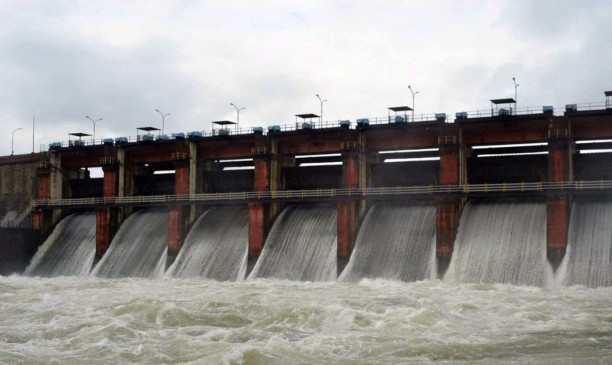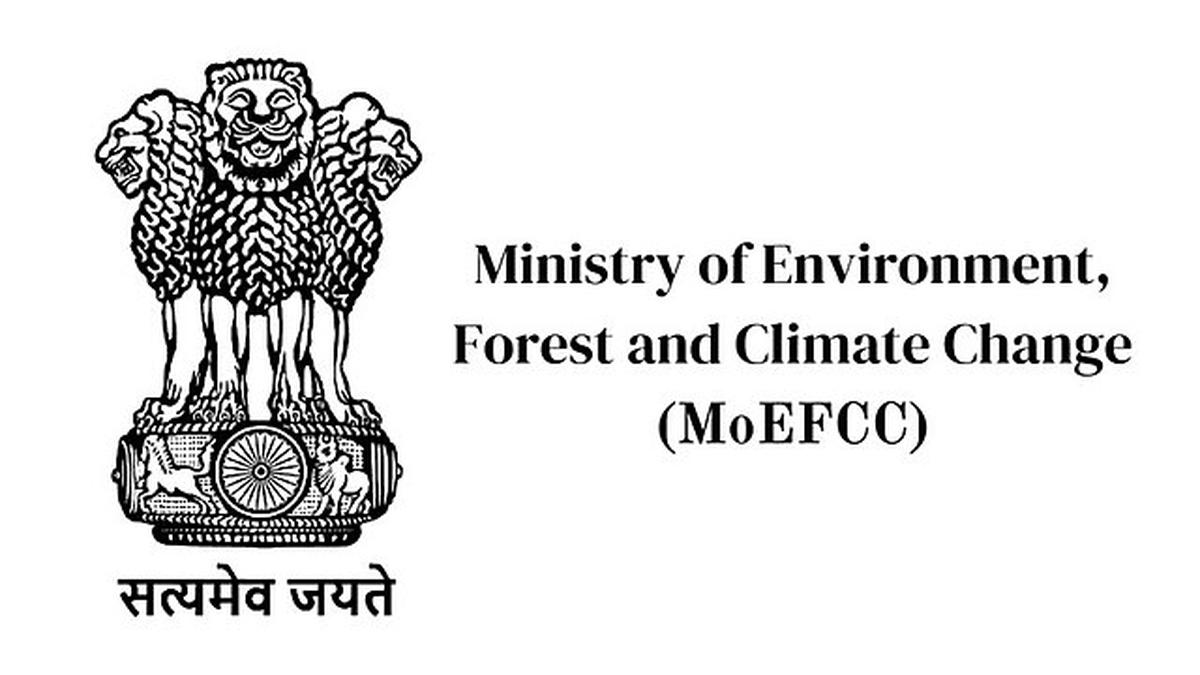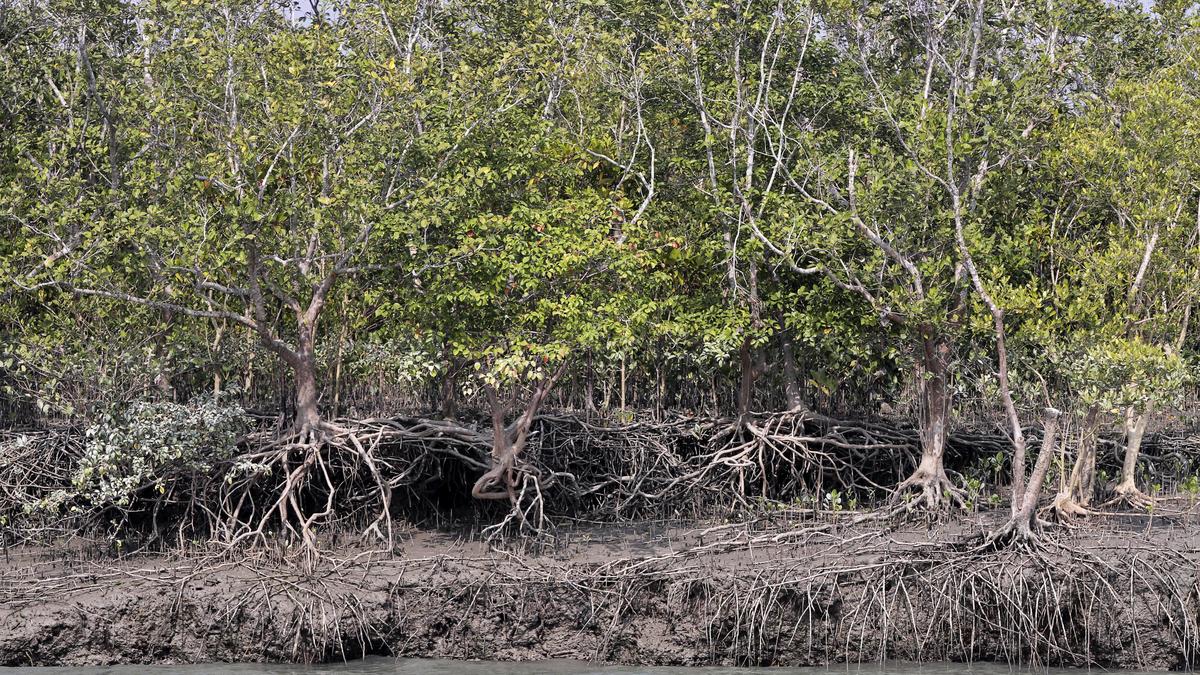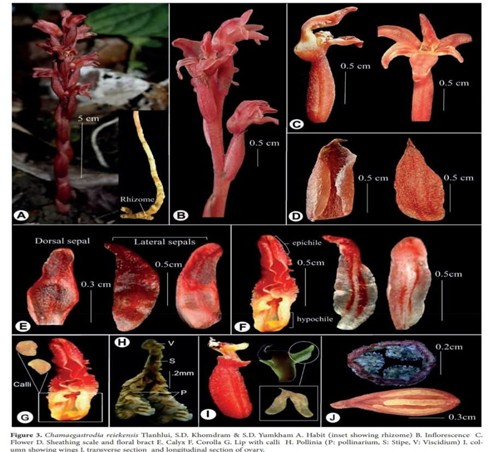
Disclaimer: Copyright infringement not intended.
Context
- In response to the recent landslide in Wayanad, Kerala, the Union government has reissued a draft notification for the sixth time within a decade.
- This draft aims to classify certain areas of the Western Ghats across six states as ecologically sensitive areas (ESAs), which would impose restrictions on activities like quarrying, mining, and major infrastructure development.
Current Status of the Draft
- The latest draft notification, is open for public comments for a period of 60 days.
- Despite the frequent revisions, this draft has yet to become law due to objections from the affected states: Gujarat, Maharashtra, Goa, Karnataka, Kerala, and Tamil Nadu.
- Each state has raised concerns about specific areas being classified as ESAs, with Kerala particularly worried about impacts on agricultural plantations, hydroelectric projects, and potential migration issues due to its high population density.
Historical Context and Evolution
The first version of the draft was introduced in March 2014. The draft's evolution has included recommendations from various committees:
- Gadgil Committee (2011): Recommended declaring the entire Western Ghats (1,29,000 sq km) as ecologically sensitive, with three zones (ESA 1, ESA 2, ESA 3) each with varying levels of restrictions.
- Kasturirangan Committee: Revised the recommendations to reduce the protected area and allowed states to propose their own ESA zones.
Challenges and State Concerns
- Despite numerous consultations and meetings, reaching a consensus on the ESA zones has proven difficult.
- The objections from states have delayed the finalization of the notification, with issues ranging from discrepancies in the draft's details to conflicts with local development plans.
Reissue of the draft notification
- The reissue of the draft notification underscores the ongoing tension between environmental conservation and regional development needs.
- While the government aims to balance these interests, the lack of consensus among states continues to be a significant hurdle in finalizing the ESA designations in the Western Ghats.
Eco-Sensitive Areas (ESAs)
|
Aspect
|
Details
|
|
Definition
|
Eco-Sensitive Areas (ESAs) are regions within 10 kilometers of Protected Areas, National Parks, and Wildlife Sanctuaries.
|
|
Purpose
|
Regulate activities in these zones to minimize their adverse impact on surrounding ecosystems.
|
|
Legislation
|
Notified by the Ministry of Environment, Forest and Climate Change (MoEFCC) under the Environment Protection Act, 1986.
|
Western Ghats Ecology Expert Panel (WGEEP):
|
Aspect
|
Details
|
|
Formation
|
Established in 2011, led by Madhav Gadgil.
|
|
Recommendations
|
- ESA-1: Strict restrictions, including bans on mining and thermal power plants.
- ESA-2 and ESA-3: Limited development with stricter controls.
|
|
Governance
|
- Advocated for a bottom-up approach involving local Gram Sabhas.
- Suggested formation of Western Ghats Ecology Authority (WGEA) under Section 3 of the Environment (Protection) Act, 1986.
|
|
Criticism
|
The report was criticized for being overly stringent and potentially conflicting with local development needs.
|
Kasturirangan Committee Recommendations:
|
Aspect
|
Details
|
|
Purpose
|
Address criticisms of the Gadgil report and balance development with environmental protection.
|
|
Key Recommendations
|
- ESA Coverage: Designate only 37% of the Western Ghats as ESA.
- Activity Bans: Complete ban on mining, quarrying, and sand mining.
- Prohibition of thermal power projects.- Allow hydropower projects only after comprehensive environmental assessments.
- Ban on highly polluting industries.
- Exclusions: Inhabited areas and agricultural plantations to be excluded.
|
|
Approach
|
Integrated developmental needs with environmental conservation, addressing criticisms of the Gadgil report.
|
Urgent Need to Tag Western Ghats as Eco-Sensitive Area
Recent Landslides Highlight Ongoing Issues
- The landslides in Wayanad, Kerala, emphasize the critical need for the Western Ghats to be designated as an eco-sensitive area (ESA).
- Multiple draft notifications since March 2014 have failed to achieve final consensus, leaving the region vulnerable to environmentally hazardous activities.
- Activities such as deforestation, mining, and construction increase the risk of landslides during heavy rains.
Government Delays and Draft Notifications
- Five draft notifications have been issued by the Union environment ministry since 2014, but Kerala and Karnataka have not yet finalized these.
- Delays in finalizing notifications result in ongoing environmental degradation and increased risks of disasters.
- A sixth draft notification is expected soon, presenting another chance to reach consensus and address the issue.
Environmental and Safety Concerns
- The Western Ghats are the second most landslide-prone region in India after the Himalayas.
- The lack of ESA coverage has allowed extensive deforestation and unregulated construction, leading to soil instability.
- Recent landslides were caused by extreme weather and poor soil conditions due to past environmental mismanagement.
The Need for Improved Early Warning Systems
- Experts call for the development of robust landslide prediction systems to improve early warnings.
- Ministry of Earth Sciences, notes that while heavy rainfall was predicted, translating this into actionable landslide warnings remains a challenge.
- A multi-institutional framework is needed to enhance forecasting and early warning systems.
Reports:
- Gadgil Committee (2011): Recommended 75% of the 129,037 sq km Western Ghats as ecologically sensitive, highlighting unique geology and biodiversity.
- Kasturirangan Committee (2013): Suggested 37% of the area as ecologically sensitive, proposing bans on mining, quarrying, and large-scale construction, but faced resistance from locals and politicians.
Addressing Climate Change and Sustainable Practices
- Climate change and erratic rainfall patterns are contributing to the increasing frequency of disasters in Kerala.
- There is a need for sustainable land management practices.
- Promoting controlled deforestation, reforestation, and sustainable agriculture is crucial for maintaining hillside stability and reducing soil erosion.
Importance of Tagging the Western Ghats as an ESA:
Ecological Significance:
- Biodiversity Hotspot: The Western Ghats are one of the world's eight "hottest hotspots" of biological diversity. They are home to a vast array of flora and fauna, including many endemic species not found elsewhere.
- Unique Ecosystems: The region supports unique ecosystems such as tropical evergreen forests, grasslands, and high-altitude plateaus, which are crucial for maintaining regional biodiversity.
Water Resources:
- Watershed Functions: The Western Ghats are a vital watershed for several major rivers in India, including the Godavari, Krishna, and Kaveri. Protecting these areas ensures the sustainability of water resources for millions of people.
- Rainfall Regulation: The mountain range plays a significant role in influencing the monsoon patterns and regulating rainfall distribution across southern India.
Climate Regulation:
- Carbon Sequestration: Dense forests in the Western Ghats act as carbon sinks, helping to mitigate climate change by absorbing large amounts of CO2.
- Temperature Regulation: The region’s forests and wetlands contribute to local climate regulation by influencing temperature and humidity levels.
Disaster Prevention:
- Soil Erosion Control: Healthy forest cover in the Western Ghats helps prevent soil erosion, reducing the risk of landslides and maintaining soil fertility.
- Flood Mitigation: Forests and wetlands act as natural buffers against floods by absorbing excess rainfall and regulating water flow.
Sustainable Development:
- Controlled Land Use: Designating ESAs helps regulate land use to prevent environmentally damaging activities like unchecked construction, mining, and deforestation.
- Preservation of Ecosystem Services: Protecting ESAs ensures that essential ecosystem services, such as clean air, water filtration, and pollination, are preserved for future generations.
Scientific and Educational Value:
- Research Opportunities: The region offers invaluable opportunities for scientific research on ecology, geology, and climate science, which can inform conservation strategies and climate adaptation measures.
- Educational Significance: The Western Ghats serve as an outdoor classroom for students and researchers studying environmental science, biodiversity, and conservation.
Legal and Policy Framework:
- Implementing Recommendations: Tagging the area as ESA is a step toward implementing recommendations from various expert panels, such as those led by Madhav Gadgil and Dr. K Kasturirangan, to address the region's ecological challenges.
Community Impact:
- Livelihood Protection: While there are concerns about impacts on local livelihoods, proper management and sustainable practices can balance environmental protection with economic activities, supporting both conservation and local communities.
By tagging the Western Ghats as an ESA, India can take crucial steps toward preserving this irreplaceable natural heritage and mitigating the risks associated with climate change and unsustainable development.
|
PRACTICE QUESTION
Q. Explain the importance of designating the Western Ghats as an Eco-Sensitive Area (ESA). Discuss its ecological significance and the potential challenges in balancing environmental protection with sustainable development.
|
SOURCE: DOWN TO EARTH
Array
(
[0] => daily-current-affairs/draft-notification-on-ecologically-sensitive-areas-in-western-ghats
[1] => draft-notification-on-ecologically-sensitive-areas-in-western-ghats
)
















